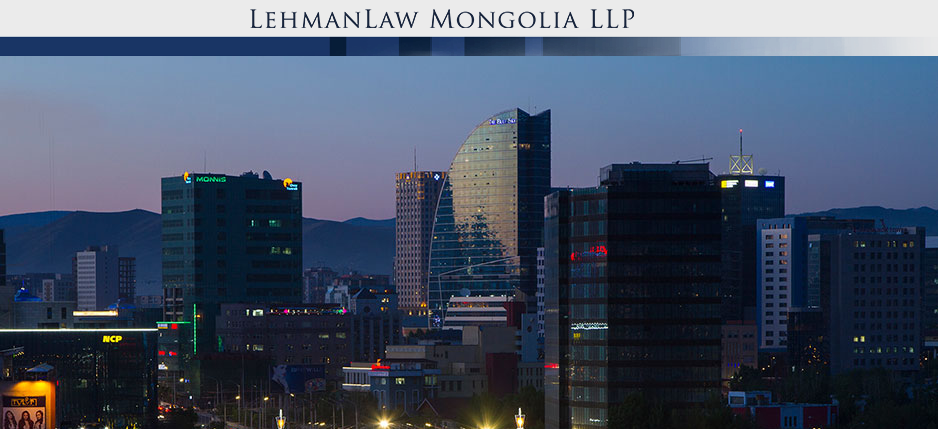So what does it mean to be made in Mongolia? Or anywhere else for that matter? In Mongolia the protection of Geographical indications is governed by the Law on Trademark and Geographical Indication which has taken effective on July 25th, 2010. Under the law, “geographical indication” refers to any geographical indication of a product’s manufacturing country, area and territory where quality, reputation and other characteristics are defined by factors relating to the nature of the territory, climate condition or local practice.
Forms of geographical indication are expressed in single geographical names of territory that determine the origin of the goods and products, or a combination of the name of the goods and products with a territory. However, general names for goods and products of a territory within Mongolia are not considered as geographical indicators. Moreover, geographical indications are tools for protection of local industry by creating the suggestion that similar goods produced in other geographic regions will not have the same characteristics or quality. Champagne is only champagne, if it is from Champagne, France, otherwise it is sparkling wine.
Under Mongolian law, a community, association or organization of unified manufacturers of goods and products of a local region apply for geographical indication protection in writing as specified in regulation set by the Intellectual Property Office. The Intellectual Property Office examines the application within six months of filing the application. This term may be extended up to six months if required. If the Intellectual property office decides to register a geographical indication, that geographical indication shall be entered in the State register and a Certificate of Geographical Indication shall be issued. The protection of geographical indication is not limited for definite periods and is valid from the filing date of the application.
Mongolia has several traditional products that originate from its nomadic culture and its extremely continental climate. There are over 20 products which have been protected by geographical indications in Mongolia, for example dairy products, meat products, pure water and sea buckthorn. A few years ago, Champagne, the famous French drink received protected in Mongolia as a geographical indication. Accordingly, Champagne is protected against misrepresentation or infringement. This demonstrates that foreign geographical indications can be duly protected in Mongolia.
